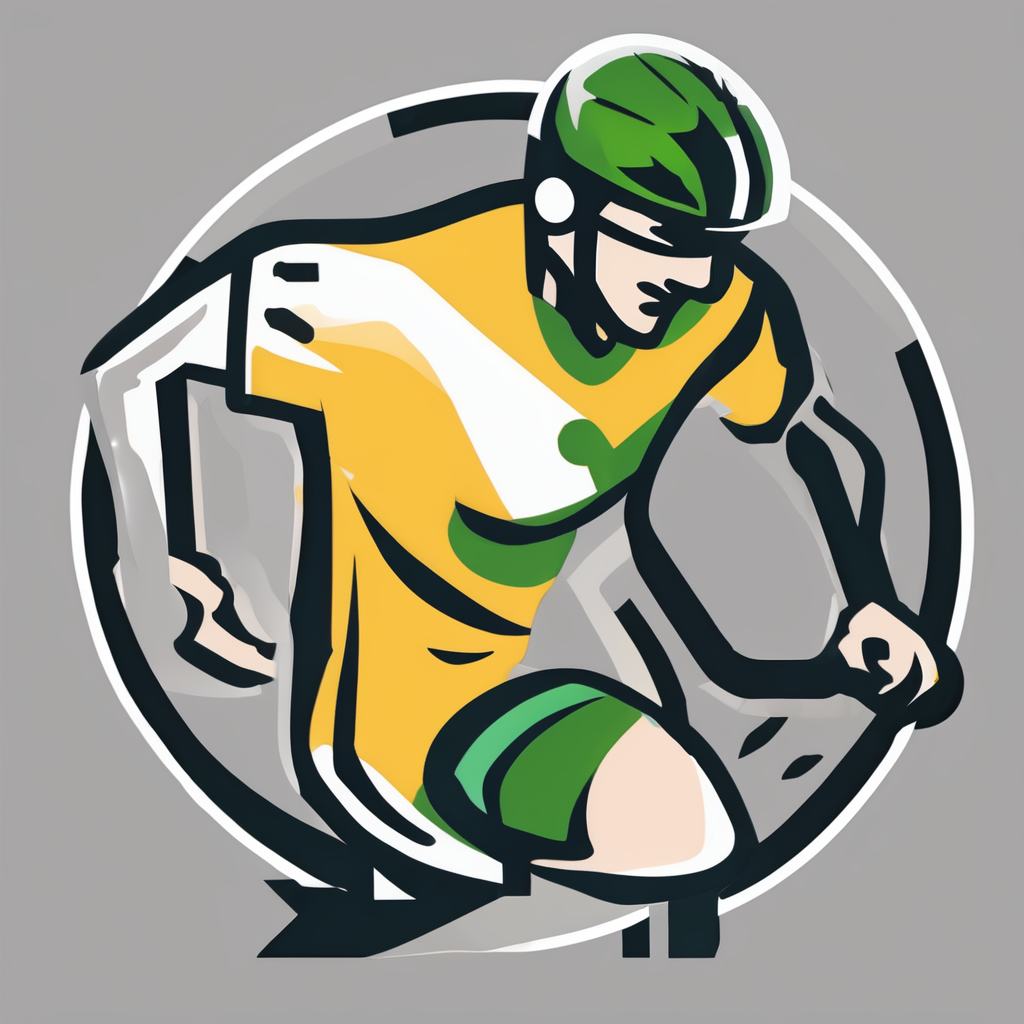Understanding Alternative Sports
Alternative sports refer to non-traditional sports that often deviate from mainstream competitive formats. Their definition revolves around activities that emphasize creativity, individual expression, and less rigid rules compared to traditional team sports. These sports typically attract enthusiasts looking for fresh, dynamic experiences.
Common examples of alternative sports include skateboarding, parkour, BMX biking, and rock climbing. These sports often occur in urban or unconventional environments, contrasting with the structured venues typical in traditional sports such as football or basketball.
Have you seen this : What Unique Challenges Do Athletes in Minor UK Sports Face Today?
Key characteristics distinguishing alternative sports include flexible rule sets, a focus on personal skill development, and a community-driven culture. Unlike traditional sports that prioritize standardized competition and mass audience engagement, alternative sports often highlight innovation and lifestyle aspects.
By understanding the definition and examples of alternative sports, enthusiasts can better appreciate how these activities provide diverse physical and social benefits. This perspective also clarifies why alternative sports continue to grow rapidly as appealing options for those seeking unique and engaging physical challenges.
Also read : What Can Be Learned from the Evolution of UK Alternative Sports?
Key Factors Nurturing Creativity in Alternative Sports
Exploring the unique environment that fosters innovation and expression
Alternative sports thrive on creativity through their embrace of unique rules and the active participation of athletes in shaping gameplay. Unlike traditional sports with rigid structures, these disciplines often allow customization of rules, empowering individuals to adapt the game to their style. This flexibility sparks innovation and invites fresh strategies, making each session a new canvas for invention.
Self-expression is central to alternative sports culture. Athletes don’t just compete; they perform, channeling personality into movements and techniques that highlight their distinctiveness. This fosters a dynamic environment where creativity is celebrated as much as competitive success.
Moreover, the communities formed around alternative sports—often tight-knit subcultures—play a pivotal role. Shared values and identities create supportive spaces encouraging experimentation. Within these groups, exchanging ideas and pushing boundaries become natural, reinforcing an ethos where creativity blossoms. In essence, the collaborative spirit and freedom combined generate a breeding ground for innovative approaches, constantly evolving the sport’s landscape.
Innovation Through Technique and Problem-Solving
Athletes consistently drive innovation by adapting techniques and evolving equipment to meet the demands of their sports. This proactive approach to technique development is crucial in high-stakes scenarios where conventional methods fall short. For example, when faced with unexpected environmental challenges—such as uneven terrain or sudden weather changes—athletes must engage in rapid problem-solving to maintain performance.
These real-life situations encourage the exploration of alternative sports strategies, pushing competitors to think creatively and act decisively. Techniques are often modified on the fly, highlighting the importance of flexibility and an open mindset. By blending experience with innovative thinking, athletes can transform challenges into opportunities for improvement.
This dynamic process emphasizes not only physical skill but also cognitive agility. In unpredictable settings, success hinges on the ability to predict outcomes, experiment with novel tactics, and implement swift adjustments. The evolution inspired by these challenges fuels ongoing progress, making technique development an essential aspect of competitive growth and longevity.
Research and Expert Insights on Creative Outcomes
Research on creativity consistently highlights the positive impact of alternative sports on cognitive flexibility and problem-solving skills. Several studies on creativity demonstrate that engaging in less conventional physical activities can stimulate brain regions associated with innovation and original thinking. For instance, athletes involved in alternative sports often report improved mental agility and enhanced capacity for creative problem-solving.
Experts in sports psychology emphasize that alternative sports offer unique environments encouraging exploration and risk-taking, critical for fostering creative thinking. Coaches point out that these sports demand adaptiveness and innovation, which can transfer to other life domains. This perspective aligns with studies on creativity linking physical diversity to increased ideation ability.
Athlete stories further support this connection: many share how participation in alternative sports sparked breakthroughs, both athletically and personally. Through activities emphasizing non-linear progression and self-expression, athletes develop distinctive mindsets conducive to creativity. Collectively, these insights affirm alternative sports as valuable tools for cultivating creative outcomes beyond physical fitness alone.
